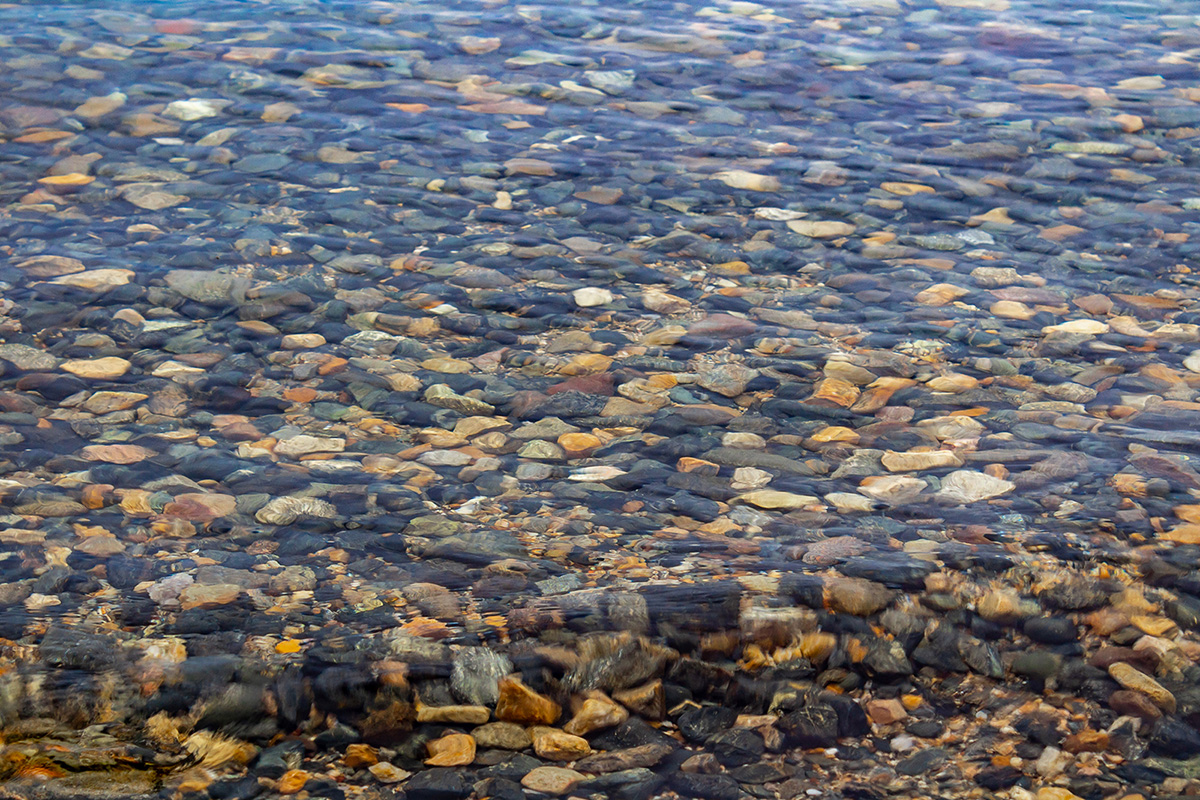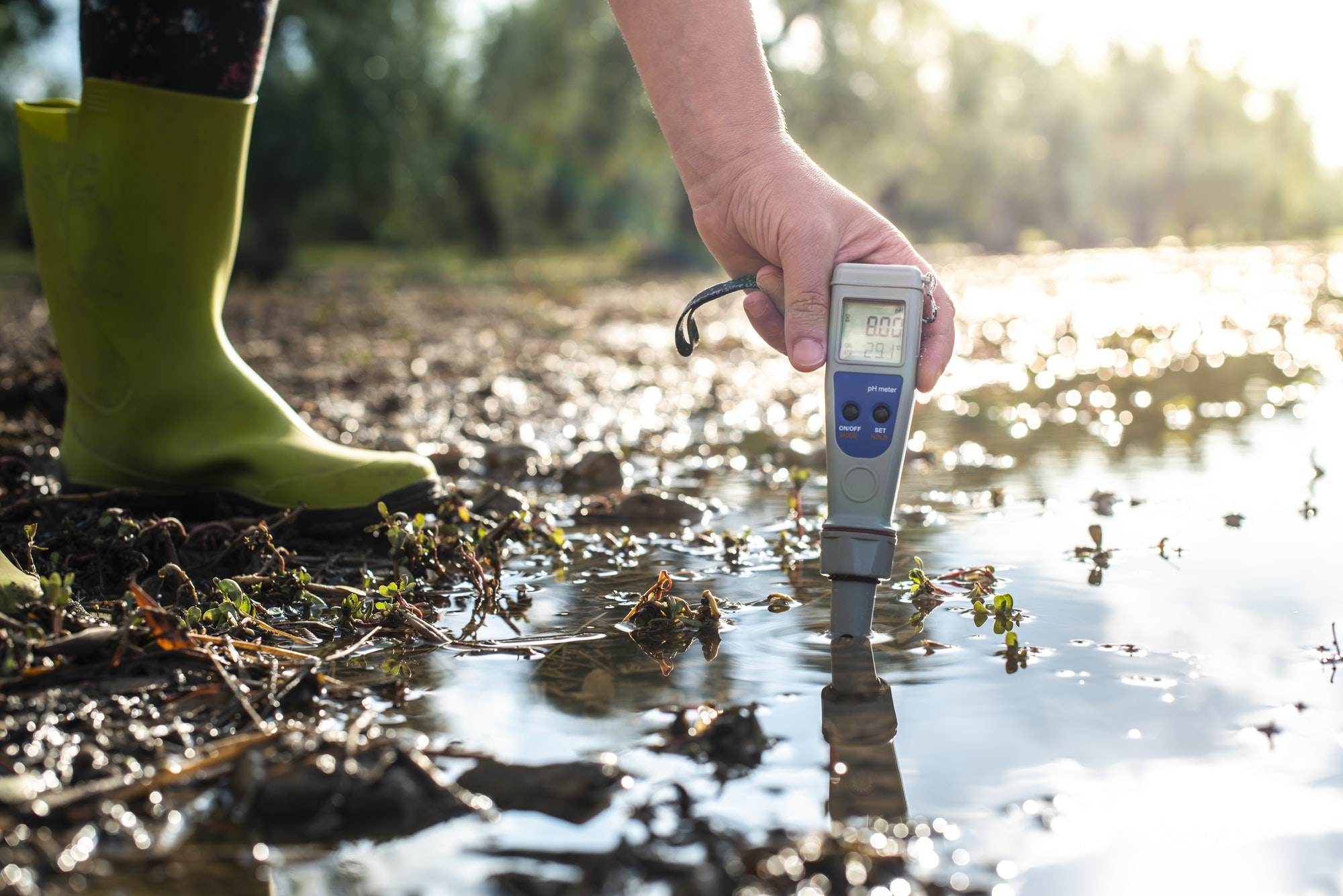Water pollution
Water pollution is the contamination of water bodies, usually as a result of human activities. Water bodies include for example lakes, rivers, oceans, aquifers and groundwater. Water pollution results when contaminants are introduced into the natural environment. For example, releasing inadequately treated wastewater into natural water bodies can lead to degradation of aquatic ecosystems. In turn, this can lead to public health problems for people living downstream. They may use the same polluted river water for drinking or bathing or irrigation. Water pollution is the leading worldwide cause of death and disease, e.g. due to water-borne diseases.
Water pollution can be classified as surface water or groundwater pollution. Marine pollution and nutrient pollution are subsets of water pollution. Sources of water pollution are either point sources or non-point sources. Point sources have one identifiable cause of the pollution, such as a storm drain or a wastewater treatment plant. Non-point sources are more diffuse, such as agricultural runoff. Pollution is the result of the cumulative effect over time. All plants and organisms living in or being exposed to polluted water bodies can be impacted. The effects can damage individual species and impact the natural biological communities they are part of.
The causes of water pollution include a wide range of chemicals and pathogens as well as physical parameters. Contaminants may include organic and inorganic substances. Elevated temperatures can also lead to polluted water. A common cause of thermal pollution is the use of water as a coolant by power plants and industrial manufacturers. Elevated water temperatures decrease oxygen levels, which can kill fish and alter food chain composition, reduce species biodiversity, and foster invasion by new thermophilic species.
The most common pollutants are:
Organic water pollutants include:
- Detergents
- Disinfection by-products found in chemically disinfected drinking water, such as chloroform
- Food processing waste, which can include oxygen-demanding substances, fats and grease
- Insecticides and herbicides, a huge range of organohalides and other chemical compounds
- Petroleum hydrocarbons, including fuels (gasoline, diesel fuel, jet fuels, and fuel oil) and lubricants (motor oil), and fuel combustion byproducts, from storm water runoff
- Volatile organic compounds, such as industrial solvents, from improper storage.
- Chlorinated solvents
- Polychlorinated biphenyl (PCBs)
- Polynuclear aromatic hydrocarbons (PAHs)
- Trichloroethylene
- Perchlorate
- Various chemical compounds found in personal hygiene and cosmetic products etc.
Inorganic water pollutants include:
- Acidity caused by industrial discharges (especially sulfur dioxide from power plants)
- Ammonia from food processing waste
- Chemical waste as industrial by-products
- Fertilizers containing nutrients–nitrates and phosphates
- Heavy metals from motor vehicles and acid mine drainage
- Silt (sediment) in runoff from construction sites, logging, slash and burn practices or land clearing sites.
- Macroscopic pollution – large visible items polluting the water – may be termed “floatables” in an urban stormwater context, or marine debris when found on the open seas, and can include such items as:
- Trash or garbage (e.g. paper, plastic, or food waste) discarded by people on the ground, along with accidental or intentional dumping of rubbish, that are washed by rainfall into storm drains and eventually discharged into surface waters.
- Nurdles, small ubiquitous waterborne plastic pellets. See plastic pollution
- Shipwrecks, large derelict ships.



Free advice
Call us or write for a free consultation

